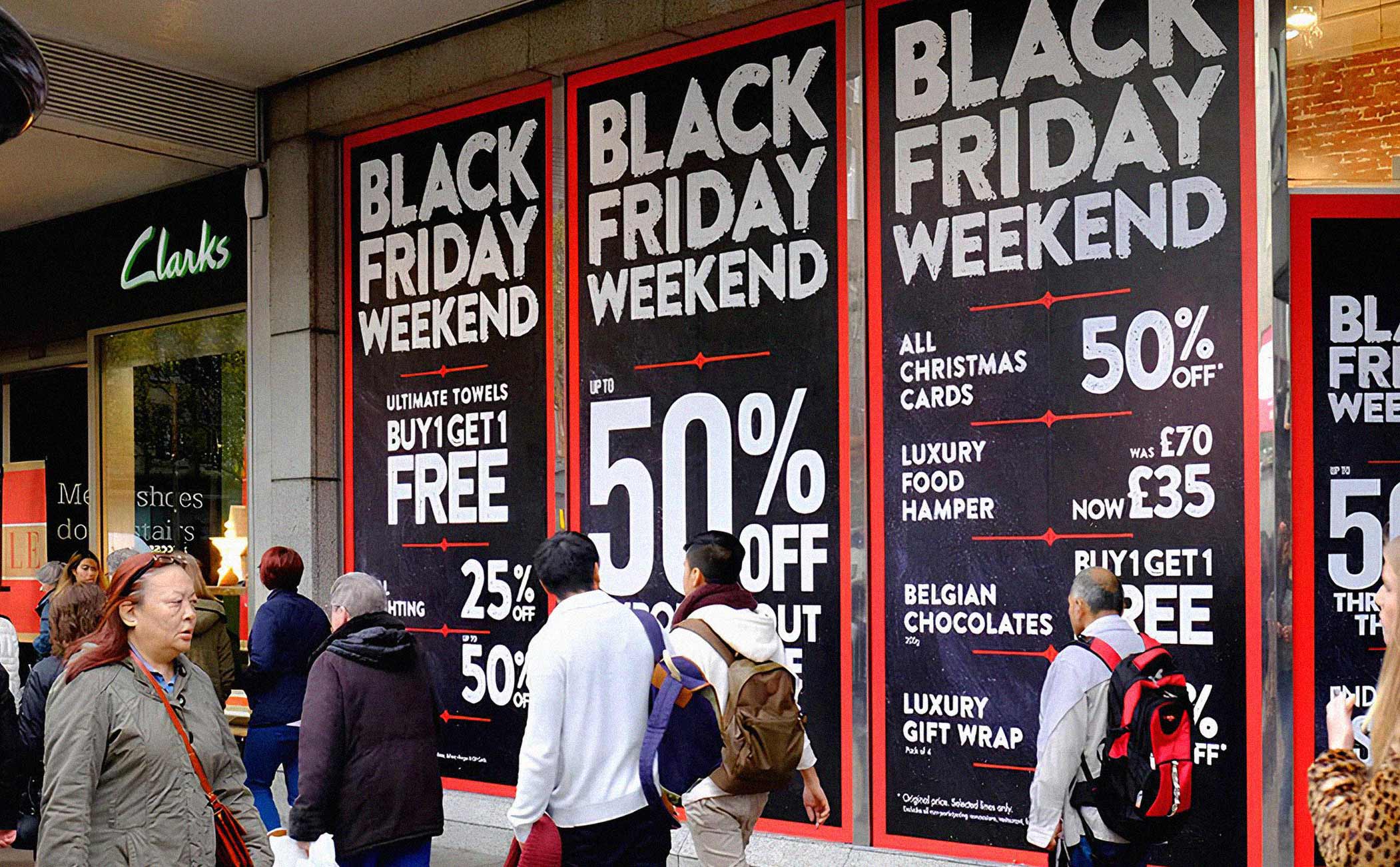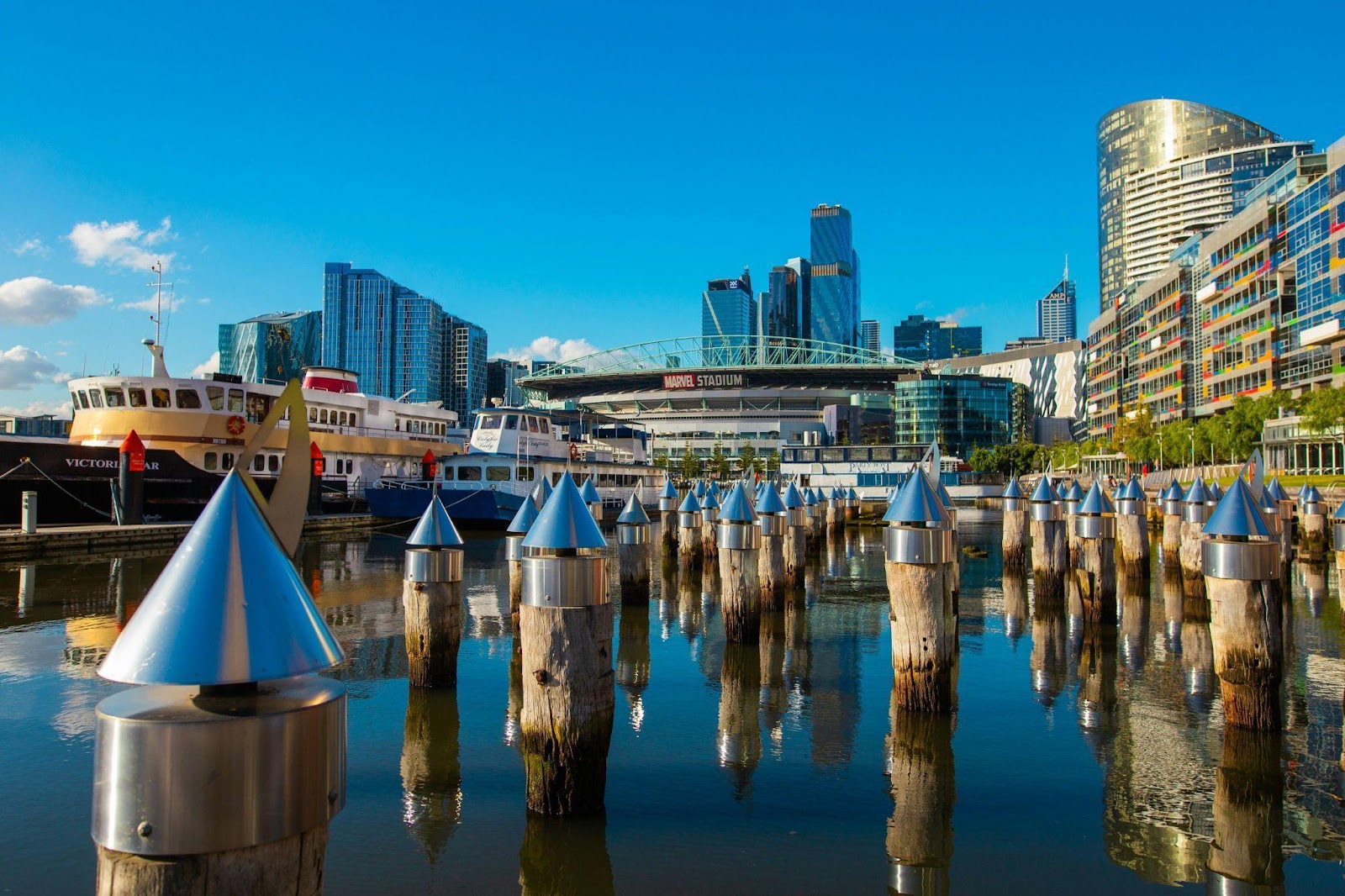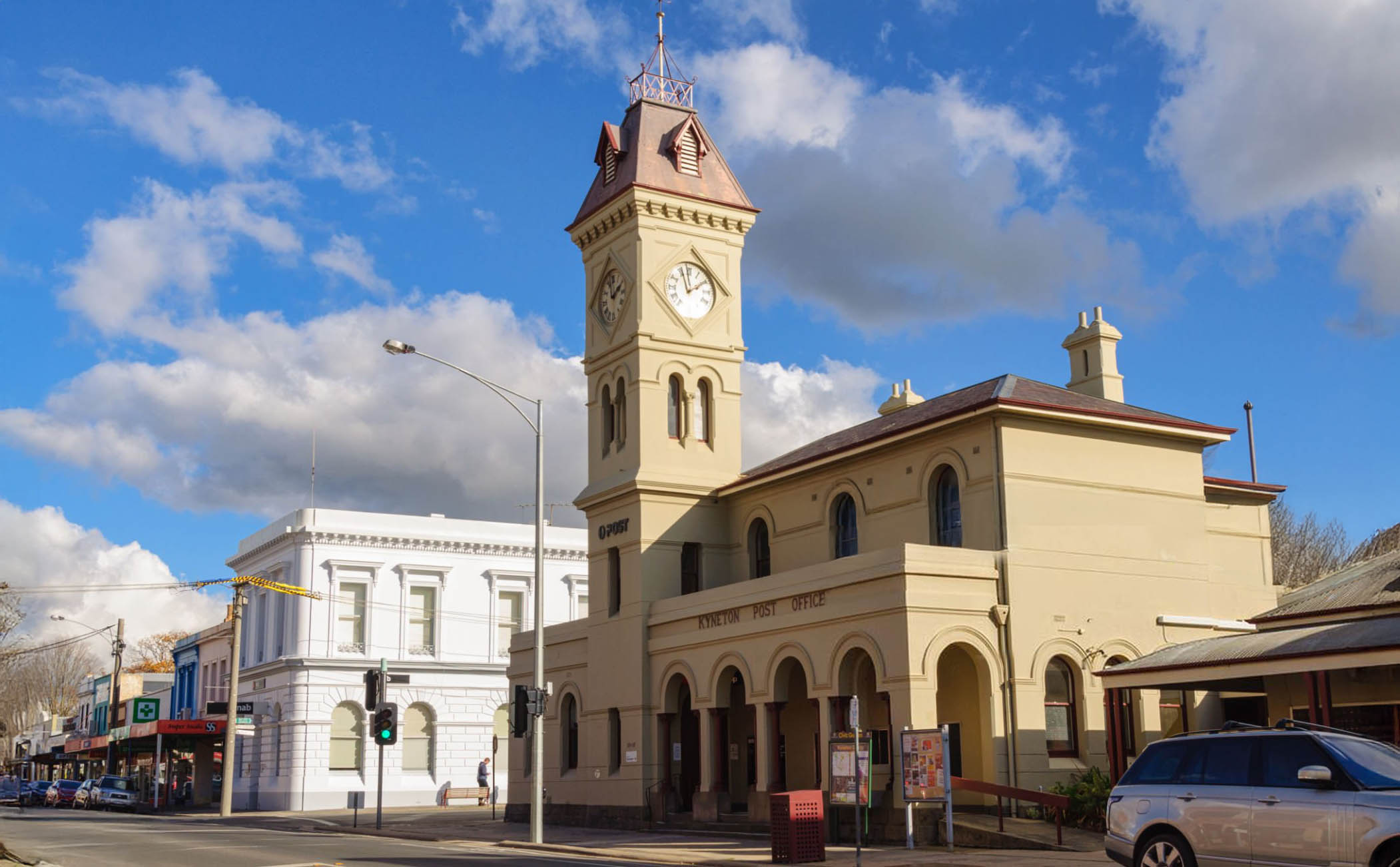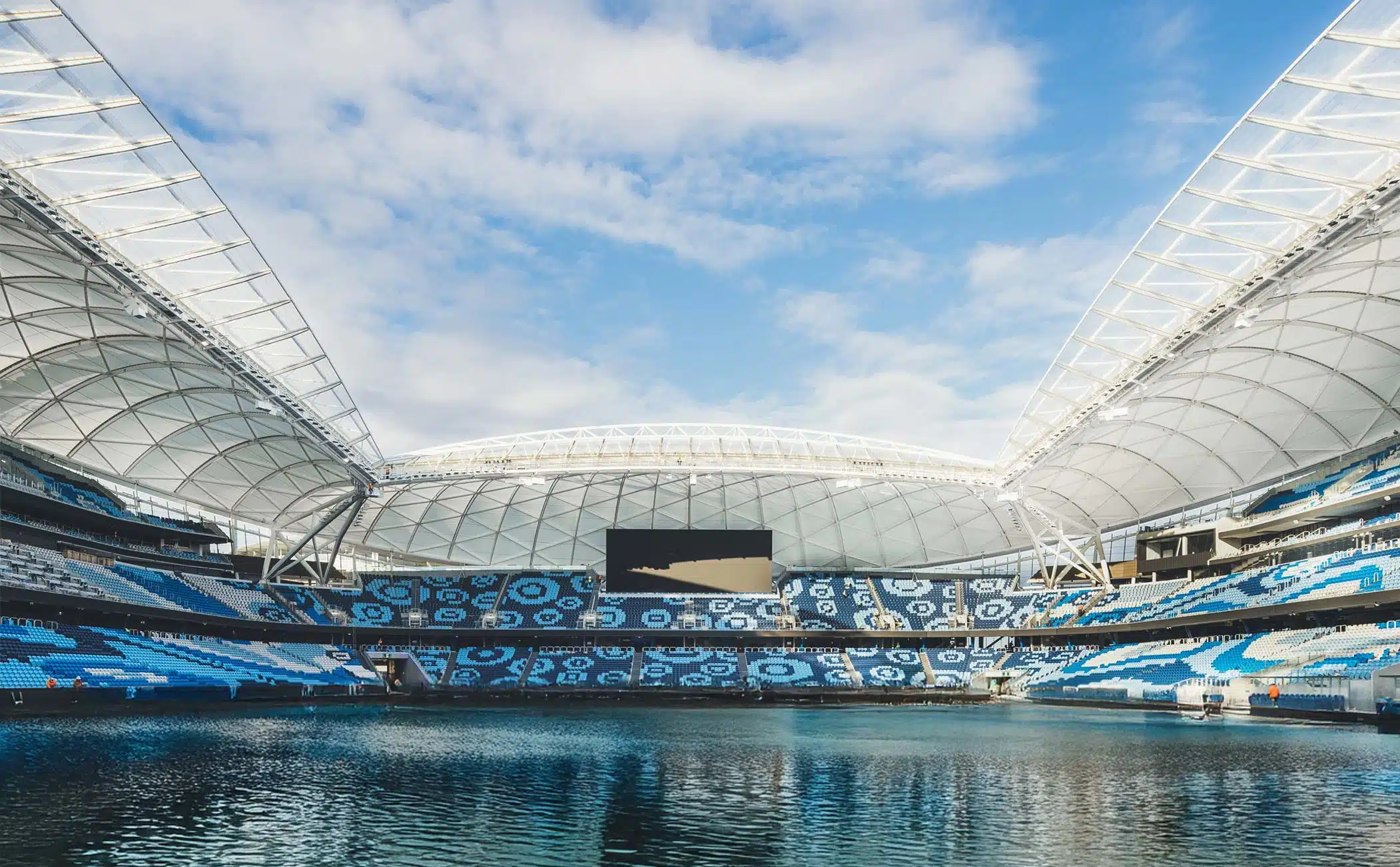New Zealand’s once-thriving cruise industry is navigating some very choppy waters. After years of steady growth, the country is now facing a significant downturn, with fewer ships visiting its ports, reduced passenger numbers, and growing concerns from both operators and tourism-dependent regions. For an industry that brings millions of tourism dollars into the economy each year, this is more than a temporary setback; it is a critical turning point.
A Sharp Decline in Cruise Arrivals
The numbers paint a grim picture. The number of scheduled port calls is expected to drop by over 40 percent for the 2025/26 season, falling from around 1,120 calls to roughly 660. Because of this, passenger arrivals are forecast to drop from 330,000 to around 215,000, which would return New Zealand’s cruise market to levels last seen in 2017, according to Cruise Critic.
Even major operators are scaling back. Cruise Passenger reports that Royal Caribbean’s New Zealand deployments for the 2026/27 season are down nearly 70 percent compared to just a few years ago.
Why Cruise Lines Are Pulling Back
This downturn is not due to a lack of demand. New Zealand is still considered one of the world’s most scenic cruise destinations, but several key factors are making operators rethink their itineraries.
Sudden increases in port fees, biosecurity levies, and compliance costs have made New Zealand one of the most expensive cruise destinations in the world, according to Cruise Critic. On top of that, stricter environmental regulations on hull cleaning and marine protection have caused last-minute cancellations and diversions, as reported by Cruise Passengers.
Cross-Tasman complications are also playing a role. Cruise itineraries often link Australia and New Zealand, but inconsistent policies and Australia’s Passenger Movement Charge of AUD $70 are impacting scheduling decisions, according to Cruise Ship News. With itineraries locked in years in advance, unpredictable regulations make New Zealand appear too risky for many operators to prioritise.
Regional Tourism Feels the Impact
The downturn is being felt far beyond the cruise companies themselves. For small coastal towns and tourism operators, fewer ships mean fewer passengers spending money in local shops, restaurants, and attractions.
In an interview with Seatrade Cruise, New Zealand Cruise Association Chair Tansy Tompkins explained, “This is not a softening of demand. It is a steep and deeply worrying decline that, if not reversed quickly, threatens to erode the infrastructure, investment, and human capability that underpins cruise in New Zealand.”
Efforts to Turn the Tide
The industry and government are now working together to restore confidence and attract operators back to New Zealand.
Tourism and Hospitality Minister Louise Upston has confirmed that cruise tourism remains a national priority, with plans to streamline port procedures and improve biosecurity processes, as reported by Cruise Passenger. The New Zealand Cruise Association has also stepped up its advocacy, attending international events such as the Seatrade Cruise Global conference in Miami to secure commitments from major operators, according to Cruise Critic.
Experts are also calling for stronger collaboration between Australia and New Zealand to simplify trans-Tasman itineraries and reduce shared operating costs, as highlighted by Cruise Ship News.
What’s Next for the Industry
Recent government assurances around continued Milford Sound access and improvements to biosecurity processes have given operators some confidence, but the road to recovery will require far more than minor policy changes. Without decisive action, there is a real risk that New Zealand could lose its reputation as a premier cruise destination.
For tourism operators, retailers, and local councils, this is a critical reminder of how much regional economies depend on a healthy and stable cruise industry.
Final Thoughts
For Australian readers, the situation in New Zealand should serve as a cautionary tale. Rising fees, complex regulations, and inconsistent policies are beginning to affect our own cruise market, too. Without stronger collaboration across the Tasman, both countries risk losing a significant share of the global cruise economy.








